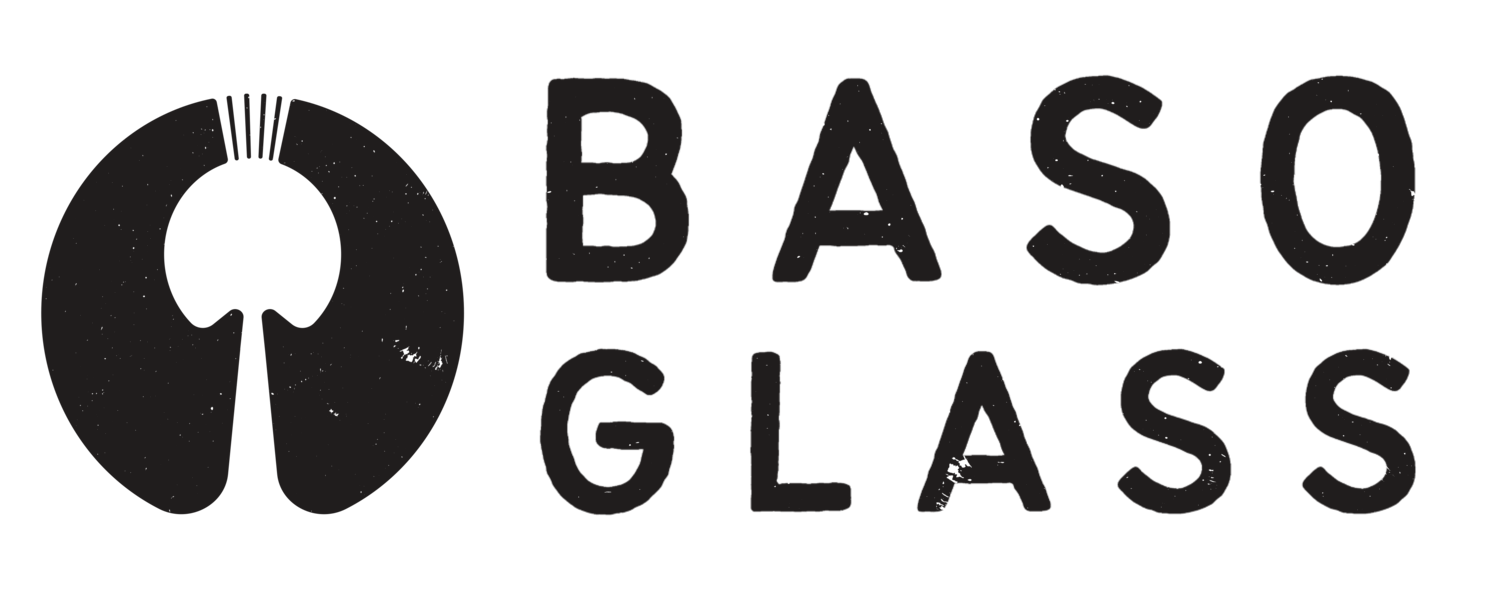Trenton Quiocho is a Filipino-American, Tacoma, WA native who has worked with glass for over 15 years in various capacities. He has held positions as a glassblower, hot shop technician, and teaching artist with organizations including Chihuly Boathouse, Glassybaby, Hilltop Artists, and the Museum of Glass. Currently, he is a glassblower at the Chihuly Boathouse in Seattle.
Quiocho curated and exhibited at Tacoma Art Museum's GATHER: 27 Years of Hilltop Artists exhibition in 2022, as well as showcased work at ArtXchange Gallery (Seattle), Auburn City Hall, Bainbridge Island Museum of Art, Columbia City Gallery (Seattle), Corning Museum of Glass (Corning, NY), Fulcrum Gallery (Tacoma), Parasol Projects (New York), Vashon Center for the Arts, and Vetri/Traver Gallery (Tacoma/Seattle). He has held residencies at the Museum of Glass (Tacoma), Corning Museum of Glass (New York), and Barrio Glassworks (Carlsbad, CA). He has received awards from Allied Arts Foundation, Artist Trust, Museum of Glass, and Pratt Fine Art Center. In addition to teaching at Hilltop Artists, he has taught classes at Pratt Fine Arts Center and UrbanGlass, and will be teaching at Pilchuck Glass School in 2024. He was also a contestant on the Netflix glassblowing competition show, Blown Away.
He is especially passionate about advocating and creating more accessible and sustainable opportunities for young BIPOC creatives to explore glassblowing.
Through glass, I explore the ways in which I can preserve and reimagine the rich histories, folktales, and Filipino traditions that have been lost through colonization. I’m inspired by the lived experiences of diasporic Filipinos, such as the Sakadas who worked in the sugar cane plantations in Hawai’i, the Manongs who tilled the land in California, the Alaskeros who worked in the salmon canneries in Alaska and Washington, and the motherland from which they came. Glass provides the opportunity for me to create a revitalized, visual language that speaks to this cultural history, and through this, breathe new life into the folktales and stories behind them. My art practice affirms my connection to this history, allows me to explore and understand the symbolism behind them, and ignites the spark that fuels my curiosity to learn more about Filipino culture and history. The journey of strengthening the connection with my cultural heritage has allowed me to shift my personal narrative as a glassblower and has highlighted the ways in which I possess the same traits as those who came before me. As a mixed-race Filipino-American glassblower, I’m continuously shifting and expanding my understanding of what it means to be a brown glassblower in a predominately white craft. My identity has taught me how to navigate oppressive systems within the glass community and has taught me how to be innovative in my art practice because of the barriers to opportunities and resources.

